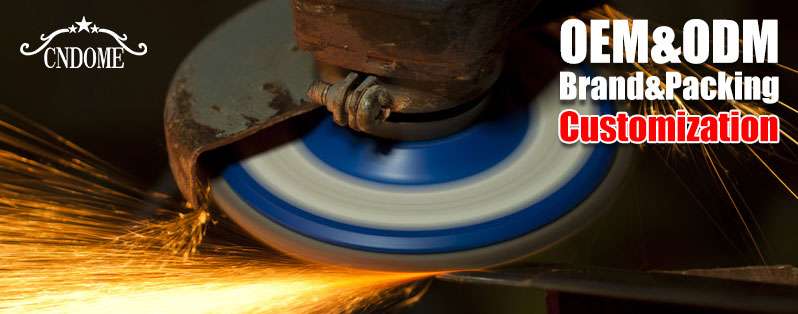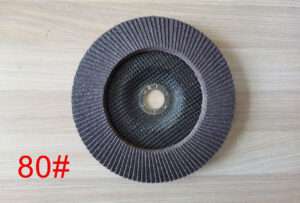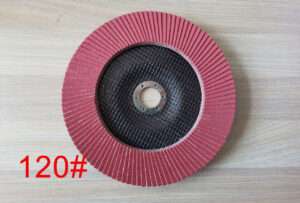In the realm of metalworking, where precision and finesse are paramount, finding the right tools can be the difference between mediocrity and mastery. Among the arsenal of abrasives at a metalworker’s disposal, flap discs stand out as versatile, efficient, and indispensable. However, within the world of flap discs lies a subtle yet significant factor that often separates the novice from the expert: mesh numbers. Understanding mesh numbers is key to unlocking the full potential of flap discs and achieving exceptional results in metal fabrication and finishing.
What Are Flap Discs?
Before delving into mesh numbers, let’s first establish what flap discs are and why they are cherished by metalworkers worldwide. Flap discs are abrasive tools used for grinding, blending, and finishing various metals such as steel, aluminum, and stainless steel. They consist of overlapping abrasive flaps bonded to a backing plate, which spins rapidly when attached to a grinder or sander. This design allows flap discs to remove material efficiently while providing a smoother finish compared to traditional grinding wheels.
The Role of Mesh Numbers:
Mesh numbers, often referred to as grit sizes, indicate the coarseness or fineness of the abrasive particles embedded in a flap disc. Understanding mesh numbers is crucial because they determine the aggressiveness of the disc and the quality of the finish it produces. In general, lower mesh numbers correspond to coarser abrasives, while higher mesh numbers signify finer abrasives.
Choosing the Right Mesh Number:
Selecting the appropriate mesh number depends on the specific task at hand and the material being worked on. Here’s a general guide to help you choose the right mesh number for your application:
1. Coarse Grits (Lower Mesh Numbers):
- Mesh Numbers: 24-60
- Ideal for heavy material removal, such as weld seams, rust, and scale.
- Provides fast stock removal but may leave deeper scratches that require additional finishing steps.
2. Medium Grits:
- Mesh Numbers: 80-120
- Balances between material removal and surface finish.
- Suitable for blending welds, smoothing rough surfaces, and preparing surfaces for painting or coating.
3. Fine Grits (Higher Mesh Numbers):
- Mesh Numbers: 150-320
- Designed for surface refinement and finishing.
- Removes minor imperfections, scratches, and burrs while imparting a smooth, polished surface.
Applications and Benefits:
Mesh numbers play a critical role in determining the performance and versatility of flap discs across various metalworking applications:
- Weld Preparation and Cleanup: Coarse grit flap discs (24-60 mesh) are ideal for rapid weld seam removal and surface preparation before welding. They efficiently remove excess material while ensuring weld quality and integrity.
- Surface Blending and Smoothing: Medium grit flap discs (80-120 mesh) excel at blending welds, removing surface imperfections, and achieving a uniform finish on metal surfaces. They are indispensable for achieving seamless transitions between welded and base metal surfaces.
- Finishing and Polishing: Fine grit flap discs (150-320 mesh) are indispensable for achieving impeccable surface finishes on metals. Whether it’s removing fine scratches, refining surfaces, or achieving a mirror-like polish, these discs deliver exceptional results with precision and finesse.
Conclusion:
In the intricate world of metalworking, where every detail matters, mastering mesh numbers in flap discs is a testament to craftsmanship and expertise. By understanding the relationship between mesh numbers, abrasive grit sizes, and metalworking applications, artisans can unleash the full potential of flap discs and elevate their work to new heights of quality and precision. So, the next time you reach for a flap disc, remember to consider the magic of mesh numbers and embark on a journey towards metalworking mastery.



